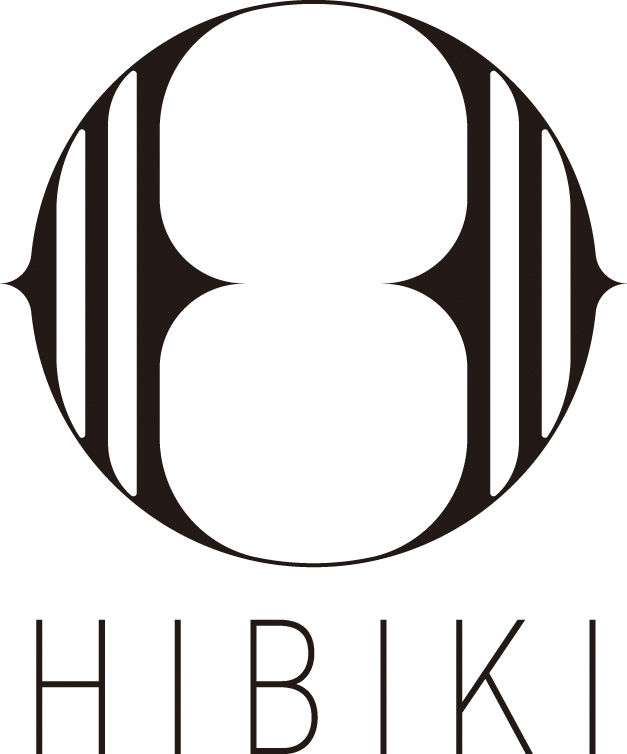

おうちで工芸 Q&A
陶磁器の金彩
Ceramics & Kinsai
質問テーマ「陶磁器、金彩」
前回に引き続き金彩質問コーナーです
Q. 陶磁器の金彩について教えて下さい。
また、朝ドラで話題になった上絵付けについてわかりやすく説明お願いします。
A. 京焼・清水焼の上絵付け師をしています小手鞠窯 並川です。
〜上絵付けとは〜
「上絵付け」とは?ということですが、皆さんが一般的に使われている陶磁器茶碗には「釉薬ゆうやく」というガラス質の液体が塗られています。
その釉薬を施す前に絵付けするのが「下絵付け」
釉薬を施し、焼成した後に絵付けを施すのが「上絵付け」です。
私の窯では、上絵付けで使用する金は大きく分けて2種類あります。
金を粉末状にした「本金粉」と金を塩酸や硝酸などの混合液に溶かし液体にした「金液」です
本金粉には1号や3号など純度によってランク付けされており、いずれも高い純度のものとなっています。(写真1枚目)この本金粉に定着剤を少量入れることにより、焼成後、本金の剝離を防ぎ素地に定着させます。
すりガラスの板の上で水を少しずつ加えながら乳棒で適当な濃度になるまで擂り込んで使います。
次に金液は、金を塩酸と硝酸の混合液に溶かし塩化金酸を作り、樹脂とを反応させて「金液の元」をつくります。
これに有機金属化合物を加えて「金液」をつくります。(写真2枚目)
これはさすがに自分で作ることができませんので、ちゃんとビンに入って売っています
金液には、金と樹脂の化合物で金粉が含まれない「ブライト金」や、金と樹脂の化合物に金粉を加えた「マット金」、「マット金」の約半分程度の金粉が含まれた「ハーフマット金」などがあります。
金の含有率も30%や20%など非常に沢山の種類があります。
いずれも「金を薄く均一に塗る」効果があります。
焼成と共に金以外の不純物は燃えてしまい、金のみ残ります。
こちらは本金と違い定着剤がいりません。
〜陶磁器での金彩とは〜
では、陶磁器の上絵付けの金彩とはどういうものかというと、京焼・清水焼の多種多様な技法をこれらの金を使って彩色することを「金彩」と言います。
金のみで描くものから、色絵具と共に金を施すもの、色絵具で彩色した上から金で描くもの、全て金彩と言います。
それでは、写真と共にいくつか紹介したいと思います。
「金襴手」と言われる技法です。 (写真3枚目、写真4枚目)
上絵絵具の赤色やヒワ色などを塗っては焼成を数回繰り返し、色のムラが無くなれば下地が完成です。
焼成温度は730度前後で3時間程度焼成します。
この上に本金で山水や唐草を描き色絵具での焼成より低い温度(550~600度、2時間半程度)で焼成します。
これを「二度焼き」と言います。
次回は「金砂子」や「金地金彩」など紹介していきたいと思います。
(なお焼成温度や焼成時間、やり方などは25年上絵付け職人を続けてきた私の経験からのやり方であり、決まったものではありません。窯の大きさや絵具の種類によっても変わってきます)
金液の説明は「日本金液株式会社」のHPより一部引用させて頂きました。
[回答者 上絵付け師 小手鞠窯/並川昌夫(京焼、清水焼)]
並川昌夫プロフィール
https://kyomonohibiki.wixsite.com/kyomono-hibiki/並川昌夫
Q: Can you tell me about kinsai for ceramics, as well as the overglaze decoration that became famous through a Japanese drama series?
A: My name is Masao Namikawa, and I am an overglaze artisan who works on Kyo-yaki/Kiyomizu-yaki at a studio called Kodemarigama.
Overglaze Decoration
Firstly, what is overglaze decoration? The ceramic tea and rice bowls commonly used in Japan are coated with a glassy liquid - glaze. Underglaze decoration is what is painted on a piece before applying glaze. Overglaze decoration is what is painted after the piece is glazed and fired.
At my studio, the gold we use for overglaze can roughly be split into two categories: gold dust and gold melted into liquid using a mix of hydrochloric acid and nitric acid. Gold dust is ranked by its purity; for example, Rank 1 or 3. Both are of high levels of purity. The gold dust in the first photo below has been mixed with a small quantity of a fixing agent, which makes the gold stay on the ceramic piece after it has been fired. While adding water little by little, the mixture is ground together on a pane of frosted glass until it reaches the appropriate concentration.
As for liquid gold, gold is first dissolved with a mixture of hydrochloric acid and nitric acid, making chloroauric acid. Its reaction to resin then makes the base for liquid gold. Adding an organometallic compound to this creates liquid gold (see the second photo below). Of course, you can't make this by yourself, so it's sold in bottles.
There are also different types of liquid gold, like bright gold (a gold and resin compound that doesn't contain gold dust), matte gold (a gold and resin compound with gold dust), and half matte gold (which only contains half the amount of gold dust in matte gold). In addition, there is an abundance of variations that depend on the percentage of gold content (20%, 30%, etc.). All of them allow you to paint gold evenly in a thin layer. During the firing process, the impurities burn off, leaving only the gold behind. Unlike gold dust, there is no need to use a fixing agent.
Kinsai for Ceramics
In the context of overglaze decoration for ceramics, kinsai refers to using gold when decorating pieces with the diverse techniques of Kyo-yaki/Kiyomizu-yaki. This can include decorating with gold only, using gold with overglaze enamels, or applying gold on top of the enamels, but all are known as kinsai.
Allow me to show you some of these techniques with the photos below. The third and fourth photos are of gold-painted porcelain. The pieces were painted red and greenish-yellow and then fired. This process was repeated several times, and once the colours looked even, the undercoat was done. They were fired for about three hours at approximately 730°C. After this, pure gold was used to illustrate a mountain and water design and an arabesque pattern. The pieces were fired again at a lower temperature (550-600°C for about two and a half hours). This step is called the "second firing".
However, please note that these processes and firing temperatures and times have been developed through my 25+ years as an overglaze decoration artisan, and they are not fixed methods. It also depends on the size of the kiln and the type of decorating materials.
Part of my explanation on liquid gold has been excerpted from Nippon Kin-eki Co., Ltd.
(Answered by Kyo-yaki/Kiyomizu-yaki overglaze decoration artisan Masao Namikawa of Kodemarigama)



